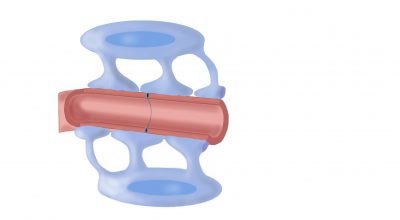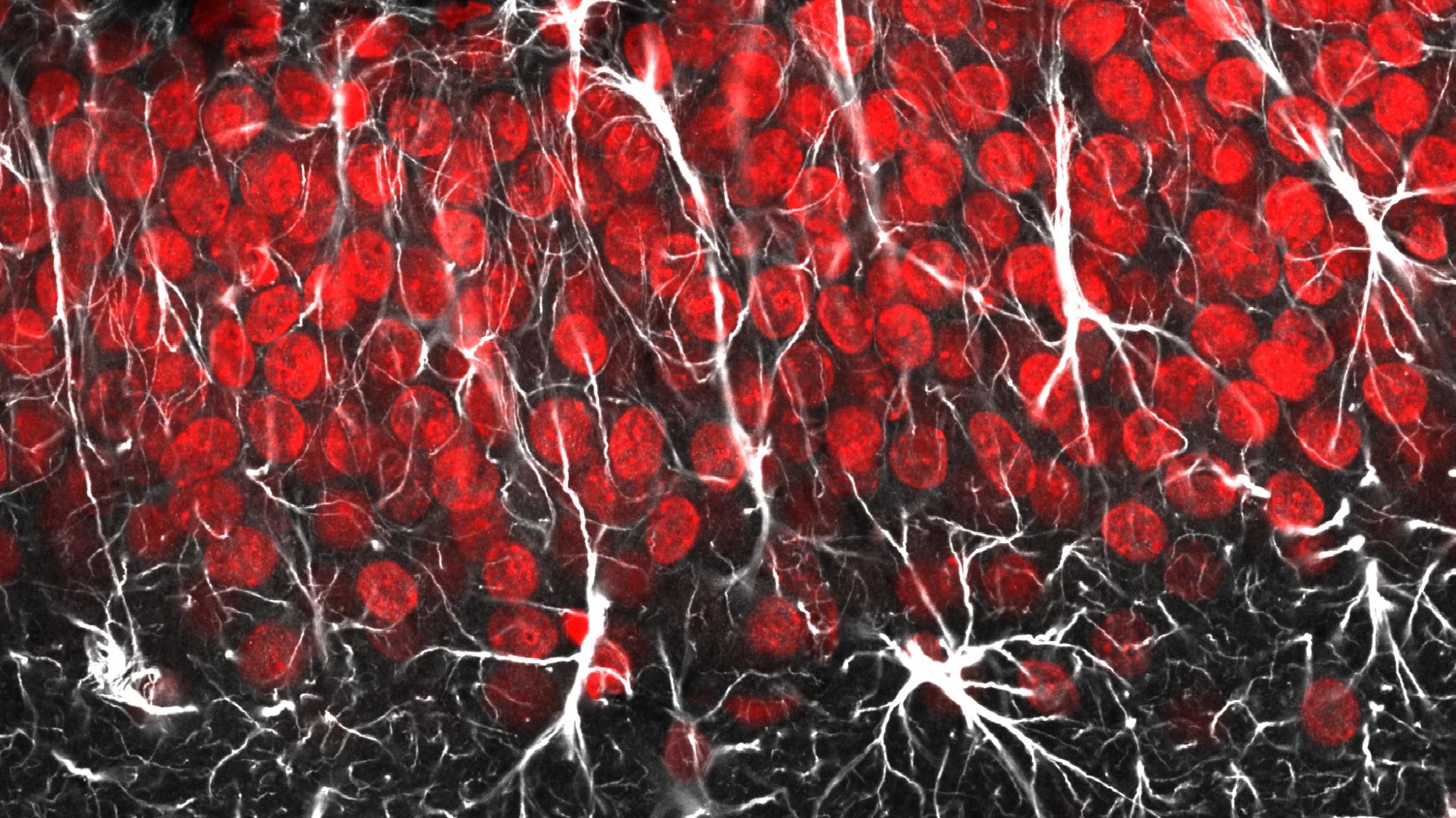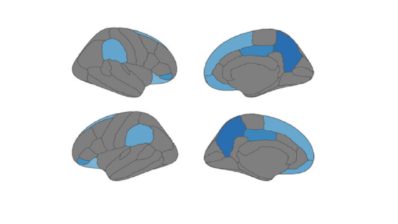The brain is one of our most important and delicate organs. That is why nature has endowed it with a special defence system, the blood-brain barrier (BBB). This wall is a semipermeable barrier separating the bloodstream that reaches the central nervous system –the brain and spinal cord– from the extracellular cerebral fluid.

This barrier is made of endothelial cells. These cells are found on the inner surface of all the body’s blood vessels, but when the blood vessels reach the brain, they become spatially denser and close together, like a tight net. In this way these endothelial cells restrict the passage of substances from the bloodstream much more they than do in the rest of the body’s capillaries.
In addition to this first “containment” barrier, surrounding the outer surface of the capillaries are astrocytes. On the one hand, these cells provide biochemical support to the endothelial cells and, on the other, because they also interlace around the neurones, they form the pathway connecting blood vessels with the neurones. They are the cells responsible for allowing the interchange of certain gases, lipid soluble molecules, glucose, and amino acids between neurones and blood vessels.
The main advantage of the BBB is that it prevents lipophilic substances, which are potential neurotoxic substances, as well as viruses and bacteria passing into the brain. The brain therefore has a very effective protection that allows it to work properly. However, when there are problems such as neurodegenerative diseases like Parkinson’s or Alzheimer’s, or a stroke or brain tumour, and the brain needs help from the outside, drugs cannot get in either, or will do so inefficiently. This is because the BBB recognises more than 97% of current drugs as potentially toxic substances and blocks their passage.
It is one of the main reasons long-term treatment against Parkinson’s or Alzheimer’s disease does not work, and glioblastoma –the most common tumour in the brain– is one of the deadliest cancers. There are several ongoing lines of research trying to develop new drugs that can cross the BBB, and techniques that open small “windows” in it that allow drugs to reach the brain region where they are needed. However, so far none have worked in humans; the only successful results have been in the pre-clinical phase in some animals. Many years and a lot of research are still needed to translate this into clinical reality.







